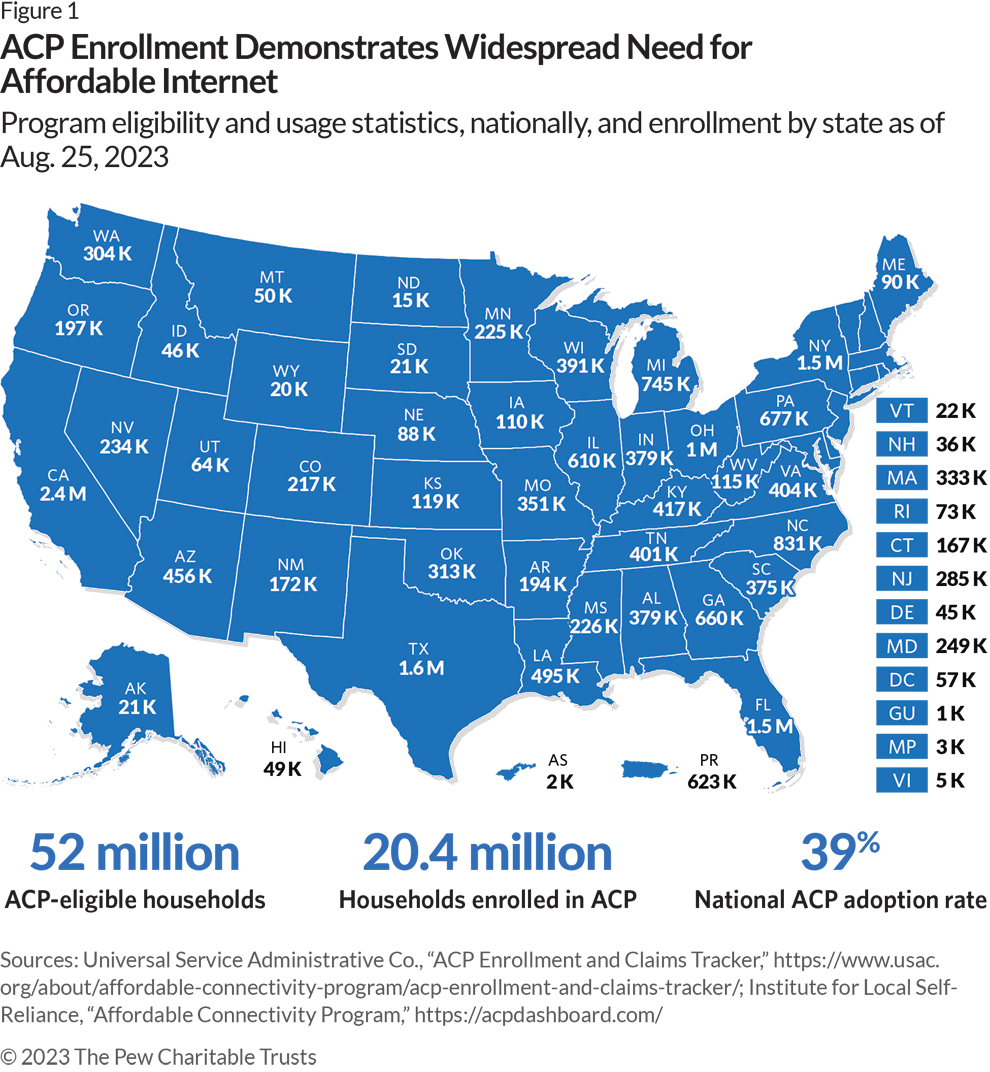Federal Funding for Affordable Broadband Plans Critical to Achieving Universal Access
Investments in infrastructure alone are not enough to reach all Americans

Overview
Universal access to high-speed internet is achievable. But even with the federal government deploying billions of dollars to expand networks and connectivity, this goal can only be reached if all Americans can afford broadband subscriptions. The Affordable Connectivity Program (ACP), established as part of 2021’s Infrastructure, Investment, and Jobs Act, provides subsidies of $30 a month ($75 a month on Tribal lands and in high-cost rural areas) to help eligible households afford home broadband plans.1 The program is open to families earning 200% or less of the federal poverty guidelines, Pell Grant scholars, and people receiving Supplemental Nutrition Assistance Program and Medicaid benefits.
Federal lawmakers initially allocated $14.2 billion in funding to ACP, which has enrolled more than 20 million households, becoming a vital tool in the nationwide effort to connect every household and business. But ACP’s future is uncertain: Projections show program funding will run out by spring 2024 unless Congress acts.2
Here are some key facts lawmakers should have in order to understand ACP’s critical role and why it needs secure, ongoing funding to help close the digital divide:
The cost of high-speed internet is a barrier for many Americans.
- Research shows that income level is the greatest indicator of whether households have an in-home broadband subscription.3
- In 2021, 57% of adults with annual household incomes under $30,000 did not have a home broadband subscription, and nearly half said the high monthly cost of a connection was one of the reasons.4
- 62% of households making $50,000 a year or less that lack home internet would need “significant cost relief” to have broadband service at home.5
ACP helps Americans afford broadband and helps internet service providers (ISPs) deliver it.
- ACP subsidies cover some, but not all, of the cost of broadband subscriptions: Households still pay a median price of $40 per month for internet service.6
- By expanding the number of customers who can afford and maintain subscriptions, the program reduces customer turnover, and reduces ISPs’ per-household break-even cost by 25% when building networks in new service locations.
- By increasing the customer base, ACP generates powerful incentives for providers to enter markets they might otherwise have deemed unprofitable, benefiting all residents in unserved communities.
Failure to fund ACP will harm consumers, businesses, and nonprofits, and undermine billions of dollars in taxpayer investments in broadband expansion.
- To ensure a sufficient subscriber base and thereby help defray the cost to taxpayers and ISPs of new or expanded networks, key federal broadband funding streams require providers to participate in ACP.7 If program funding is allowed to run out, many low-income households may be unable to afford subscriptions, potentially leaving those networks idle and the money spent to create them wasted.
- The Federal Communications Commission—through its ACP Outreach Grant Program, which provides funding to community groups to promote the program in communities with large eligible populations— has invested significant federal dollars and on-the-ground time building trust and relationships with local organizations, ISPs, nonprofits, local governments, and consumers.8 Letting ACP funding lapse will erode that trust, making it even more difficult to reach many of the nation’s hardest-to-serve communities, wasting federal investments, and setting the universal broadband effort back years.
Endnotes
- Federal Communications Commission, “Affordable Connectivity Program,” accessed Aug. 11, 2023, https://www.fcc.gov/acp; Federal Communications Commission, “FCC Adopts Order to Provide up to $75 Monthly Subsidy for Consumers Living in Qualifying High-Cost Areas Through Affordable Connectivity Program,” news release, Aug. 3, 2023, https://docs.fcc.gov/public/attachments/DOC-395726A1.pdf.
- P. Garnett, “Affordable Connectivity Program Needs Permanent Funding,” The Hill, June 24, 2022, https://thehill.com/opinion/technology/3535663-affordable-connectivity-program-needs-permanent-funding/.
- A. Read, “How Can the United States Address Broadband Affordability?” The Pew Charitable Trusts, April 29, 2022, https://www.pewtrusts.org/en/research-and-analysis/articles/2022/04/29/how-can-the-united-states-address-broadband-affordability.
- A. Perrin, “Mobile Technology and Home Broadband 2021,” Pew Research Center, June 3, 2021, https://www.pewresearch.org/internet/2021/06/03/mobile-technology-and-home-broadband-2021/.
- EveryoneOn, “Affordability and the Digital Divide” (2021), https://static1.squarespace.com/static/5aa8af1fc3c16a54bcbb0415/t/61ad7722de56262d89e76c94/1638758180025/EveryoneOn+Report+on+Affordability+%26+the+Digital+Divide+2021.pdf.
- B. Whitacre et al., “Half of ACP-Eligible Households Still Unaware of the Program,” Benton Institute for Broadband and Society, March 17, 2023, https://www.benton.org/blog/half-acp-eligible-households-still-unaware-program.
- J. Engebretson, “Providers Winning CPF or BEAD Funding Must Support ACP, but ACP Could Be Gone Next Year,” Telecompetitor, July 11, 2023, https://www.telecompetitor.com/providers-winning-cpf-or-bead-funding-must-support-acp-but-acp-could-be-gone-next-year/.
- Federal Communications Commission, “FCC Announces $66 Million in Outreach Grants to Fund Projects to Expand Participation in Affordable Connectivity Program,” news release, March 10, 2023, https://docs.fcc.gov/public/attachments/DOC-391570A1.pdf.


America’s Overdose Crisis
Sign up for our five-email course explaining the overdose crisis in America, the state of treatment access, and ways to improve care
Sign up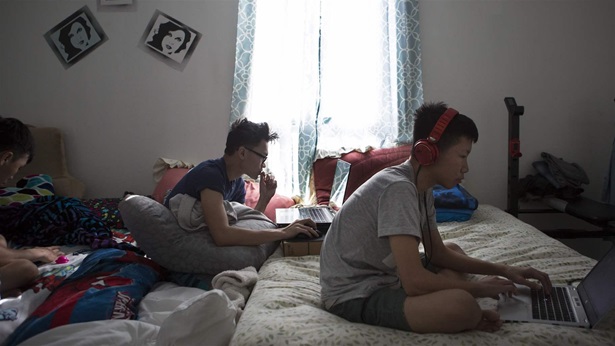
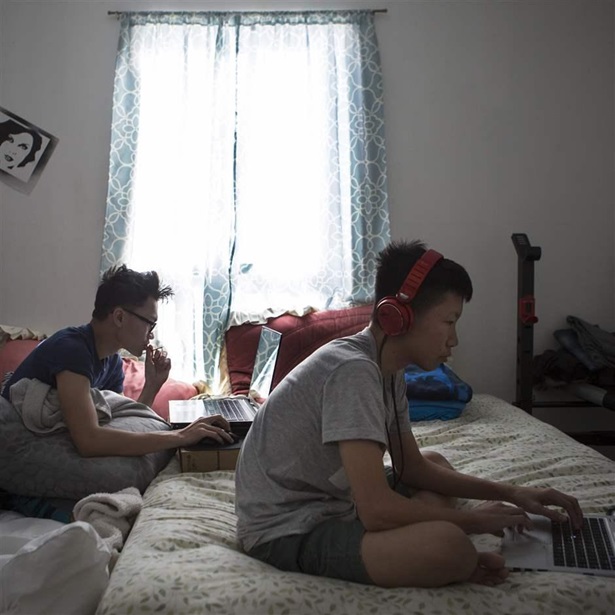
Federal Affordable Connectivity Program
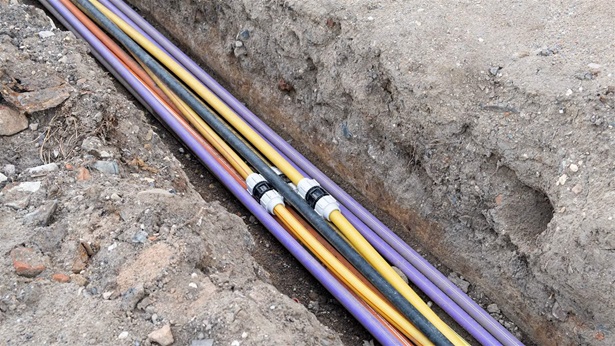
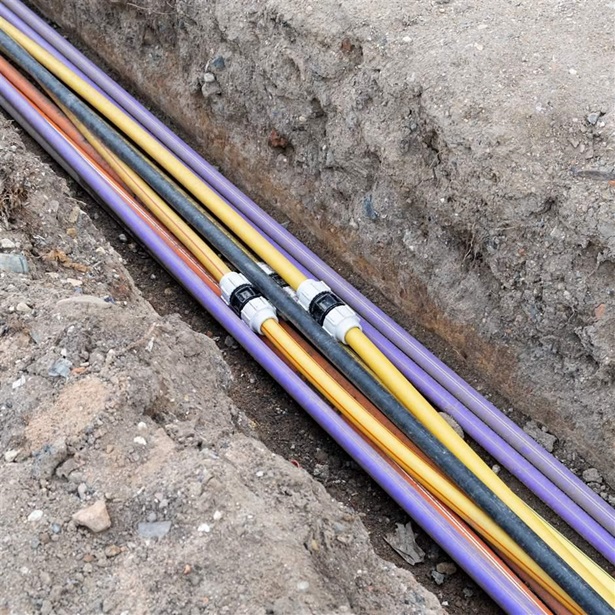
FAQ: The Affordable Connectivity Program


